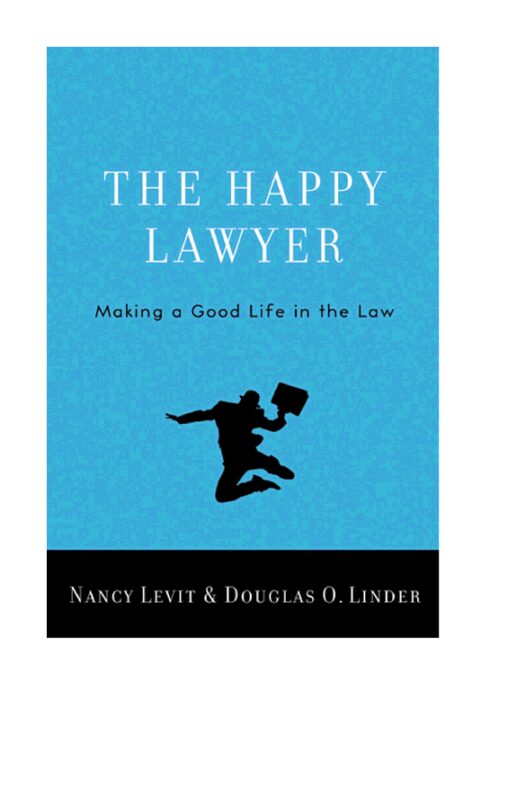One form of insurer bad faith is systematically deliberate–or virtually thus–underestimating an insured’s damages. One sees relatively straightforward examples of this sometimes in property insurance cases, and more often in processing homeowners claims. “Yellow Dog” friends of mine think it is especially to be found in some insurers dealing with claims filed by, what might be called, “the less fortunate.”
How can malignancy be determined? One way is to go over the whole set of estimate sheets and examine the entries, one by one. Another is to show that the numbers on the computer estimating equipment used by insurer, e.g., Exactimate, and up dated by them (or some of them) relatively frequently are systematically set low. The trouble is that, particularly in smaller claims, these processes take a lot of time and cost a lot of money.
There’s a simpler way to do it. It’s a process. First, divide the process into three parts. Second, glance through the whole estimation document and see if it is obviously speaking an easily recognizable pack of lies. If it is, start the process of systematic critique immediately, and don’t worry about cost. However, and third, if the glance doesn’t reveal anything causing a gasp, start over again. Look for the lowest estimates: $6.32 to buy X. $4.44 to do Y. If one concentrates on this, seeing difference from the acceptable are relatively to find, if they are there. If an insurer estimates $5.00 to paint a window frame, or $0.24 to clean off a dirtied sill, the chances are its numbers are so wrong that they have to have been deliberately fabricated. If it estimates $3.18 to clean up a large room with furniture after the repair work has been done, even in a plumbing leak case, the number is probably wrong–very wrong, obvious bullshit.
If you ask the insurer about this, and it says that it figures these numbers based on an hourly want of $9.00 an hour, breath easy. Your case is getting better by the minute. If there are lot of these will less well to do insureds, it is easy to convince a jury that the insurer was gambling that the insured would have neither the money nor the energy to peruse the claim. It must be remembered in this situation that policyholder lawyers are not interested in taking small cases.
So what can be done if the insurer has systematically come in “way low” on nickels and dimes? How is this translatable into a serious faith case–whether common law or statutory? The argument is very simple. Any estimation system that gets the small numbers wrong, will get (or make) the large numbers wrong too, and they will be wrong in important ways. This is true for several reasons: one physical, one psychological, and one rhetorical.
- Complex objects are made up of other things that are smaller, simpler, and less expensive. If the latter are undervalued, the larger and more complex one will be as well. If small things are systematically under prices, it is almost impossible to believe that it was mere mistakes that the larger and more complex ones were as well. If you lie about the simple, you are more probable to lie about the complex.
- Insured complex physical objects are not always made up of the simpler ones that have to have been estimated. This may be especially true when the lower priced items were costs of services and not prices of physical projects. However, it is reasonable to believe and easy to convince objective people that if a person creating a whole system–and that’s what complicated estimations are–lies about the simpler aspects of it, s/he will–given the sort of person s/he is–probably lie about the more complex ones. Hence, if the estimator says, “Yes, I made some mistakes, but I wasn’t deliberately misrepresenting anything,” and if s/he has plainly misrepresented the pricing of simple things, it is unlikely s/he will be believed at all about any component of the estimation system.
- And perhaps other matters as well.
What must the lies about the simple look like in order to set up the argument I have suggested. Obviously, the larger the distance between the misrepresentation as to pricing, the easier it is to demonstrate the lying. But if the price difference are smaller, but very systematic–not just nine out of ten, but 9.6 out of 10–the set up of the argument–the set up of the next step, the expensive one, is just as easy–well, maybe not, maybe almost as easy.




Recent Comments